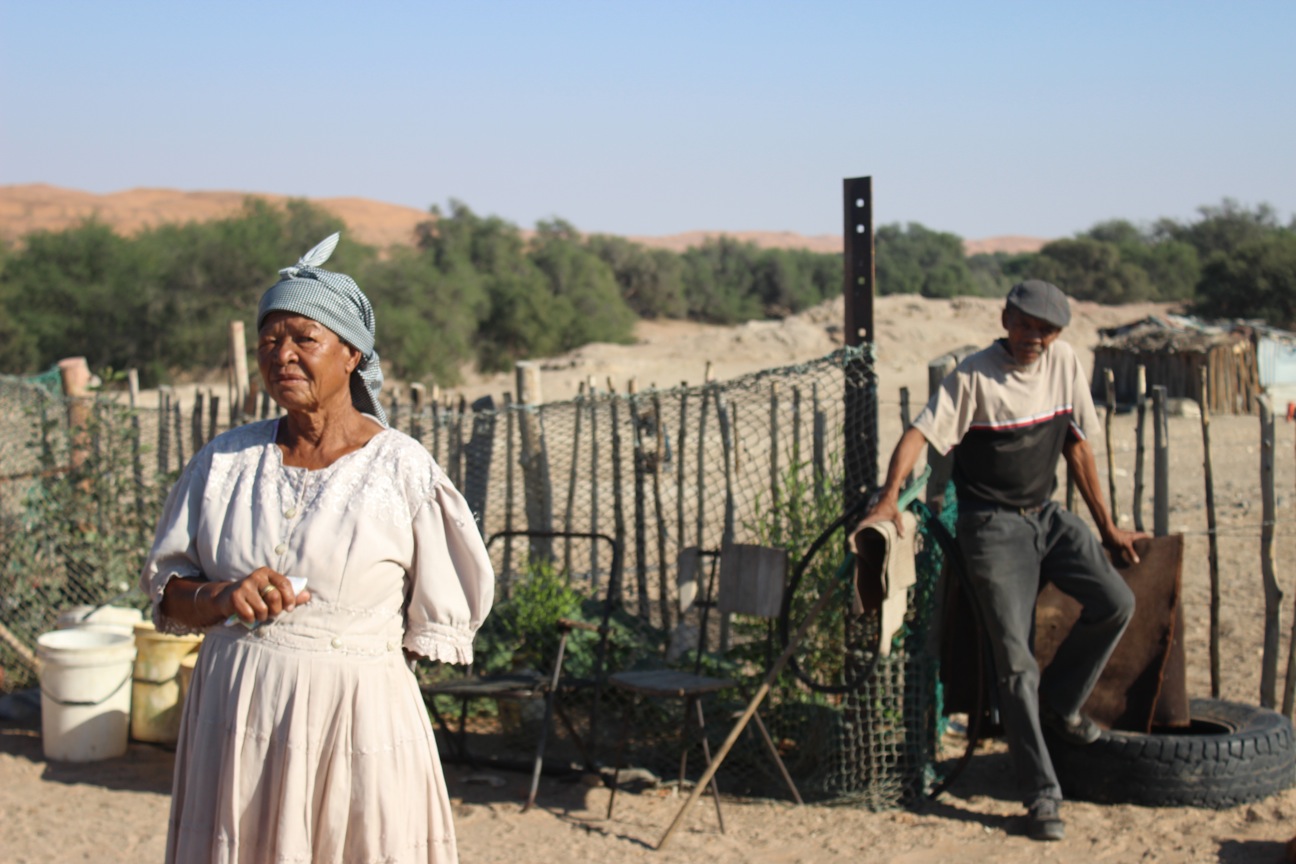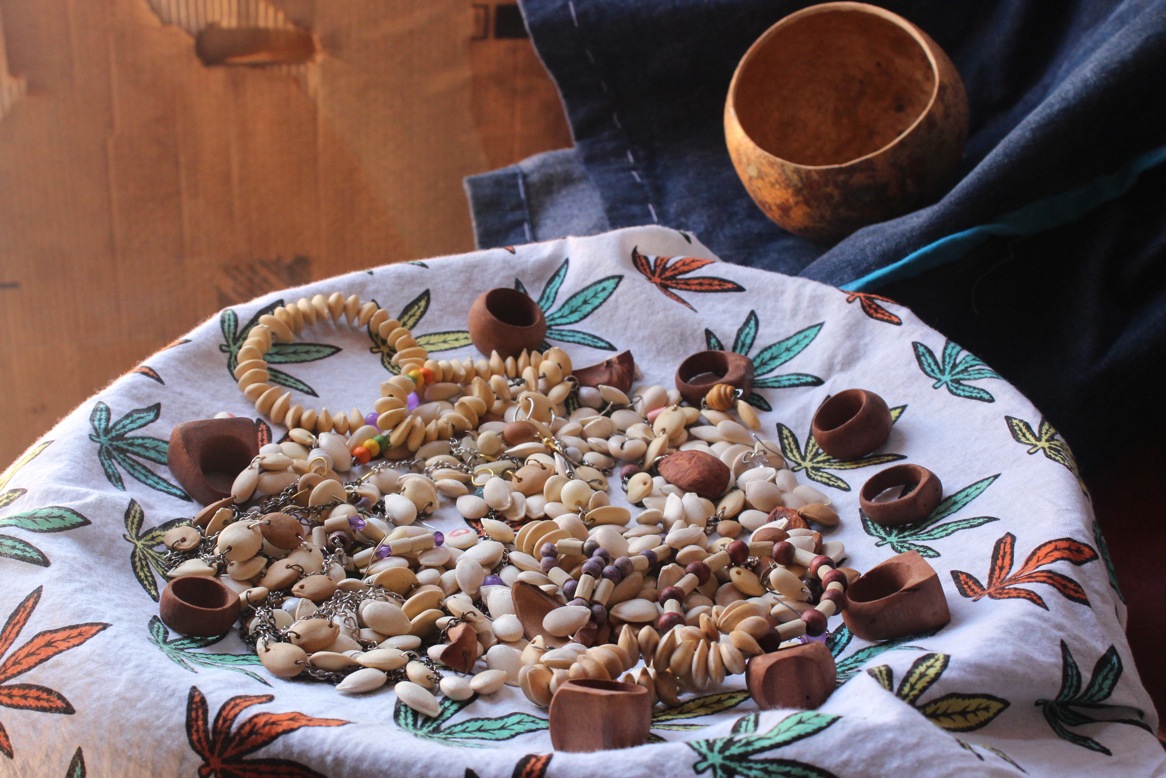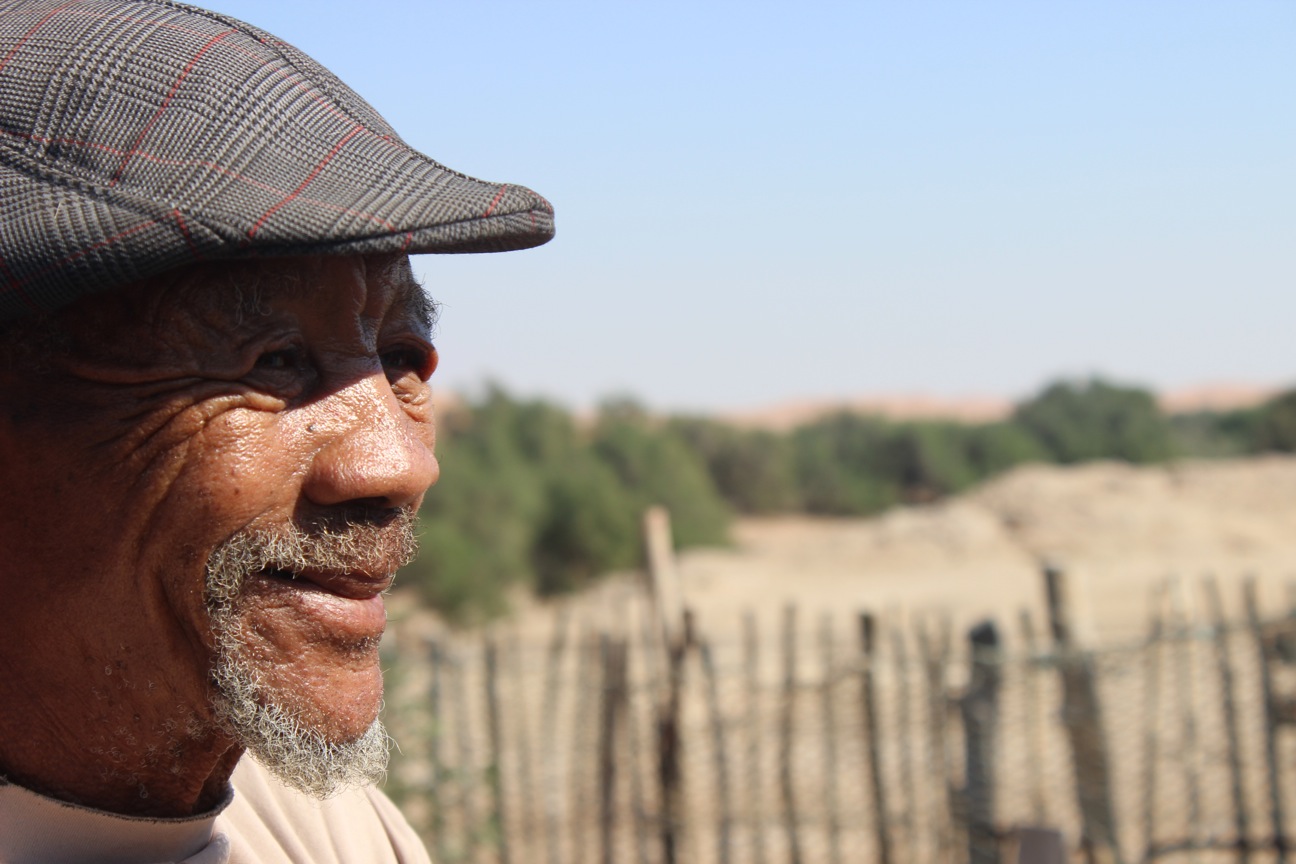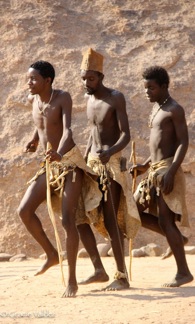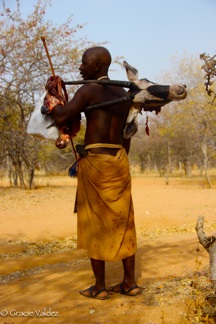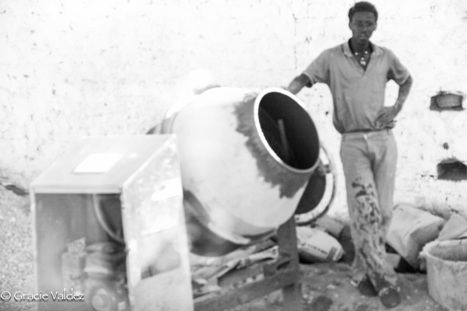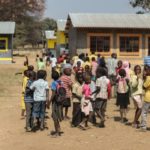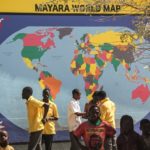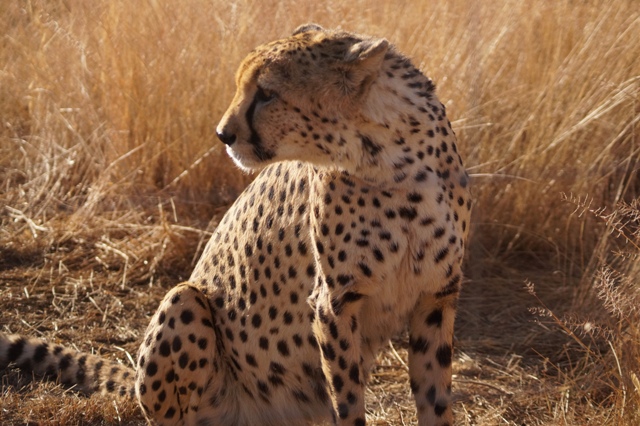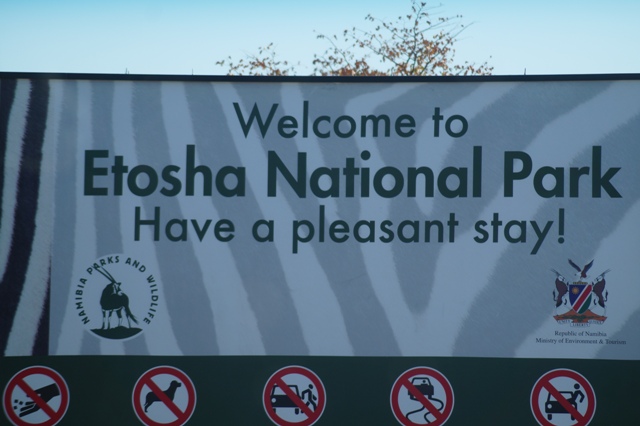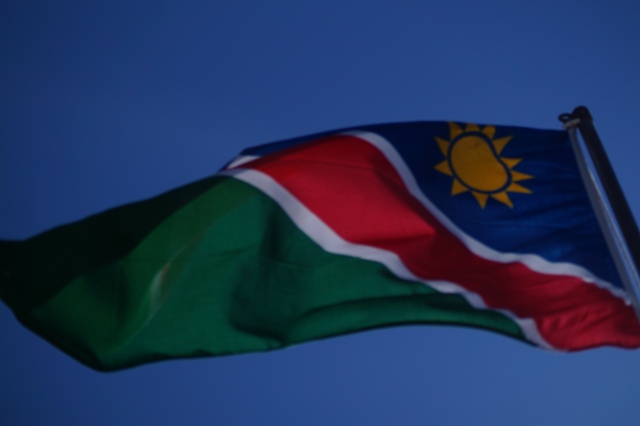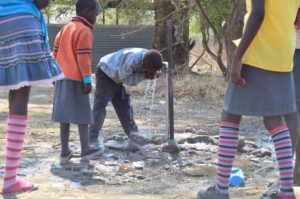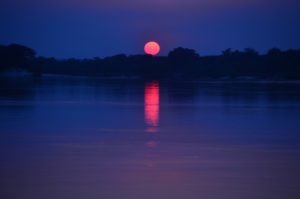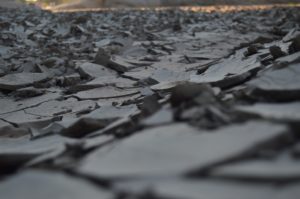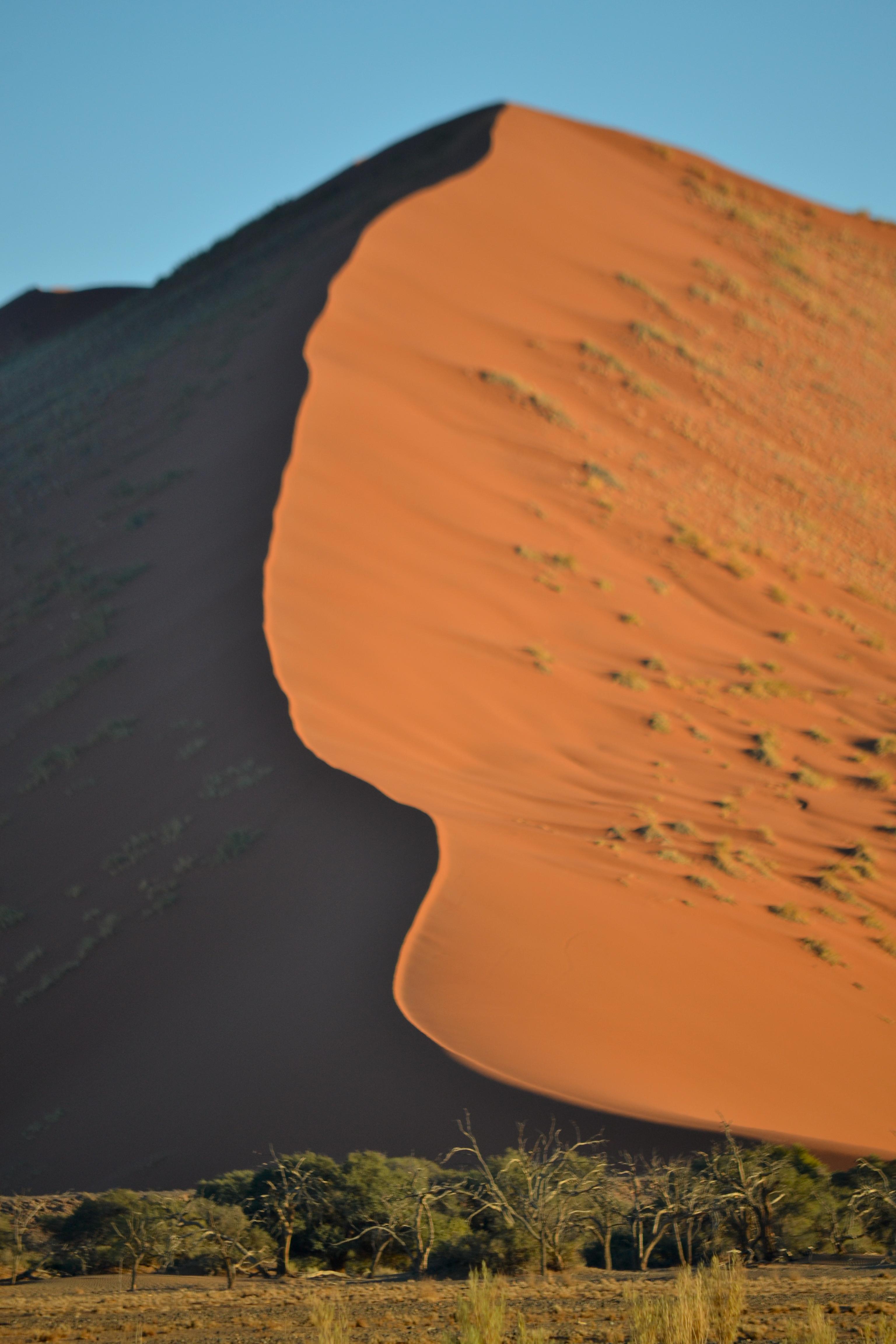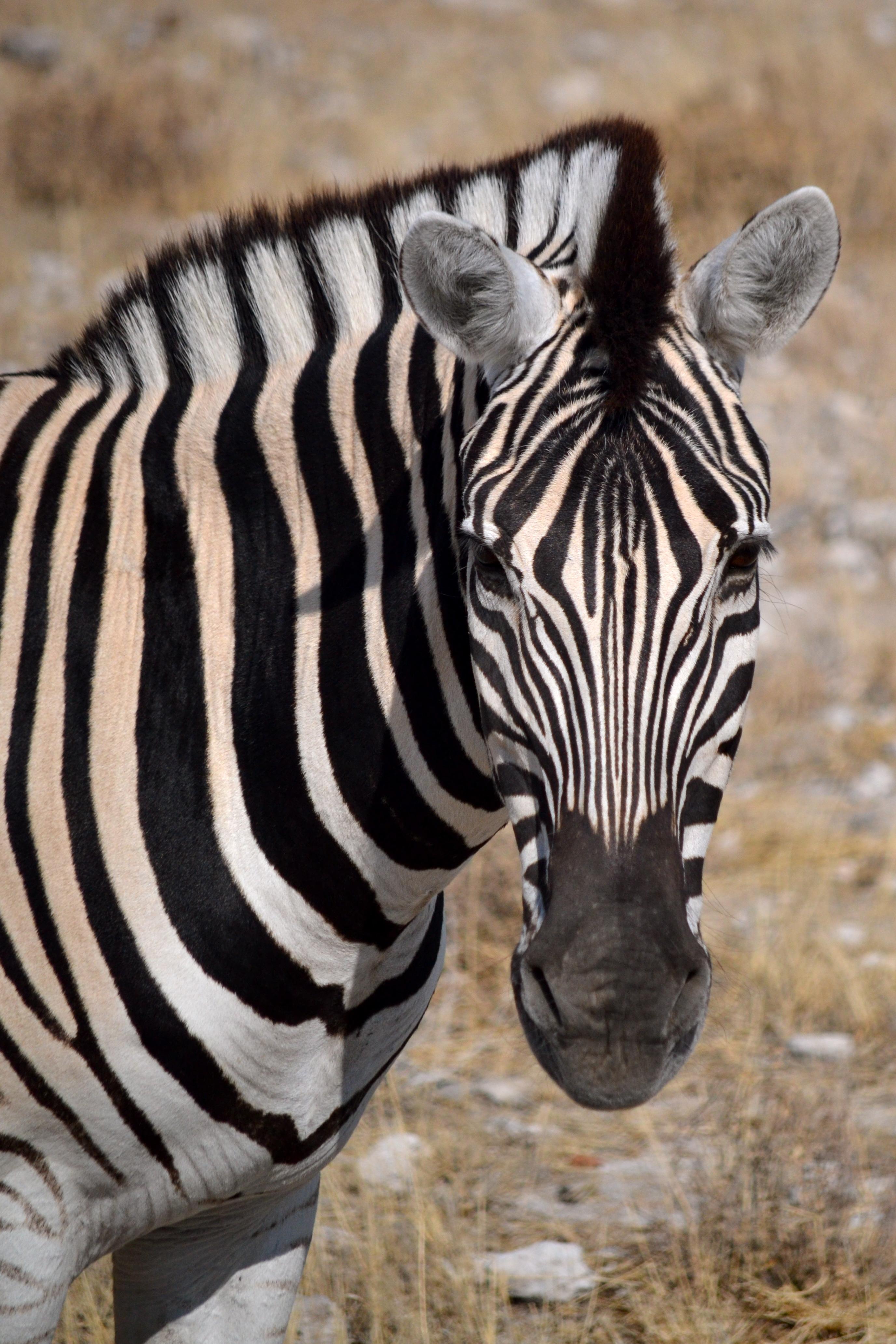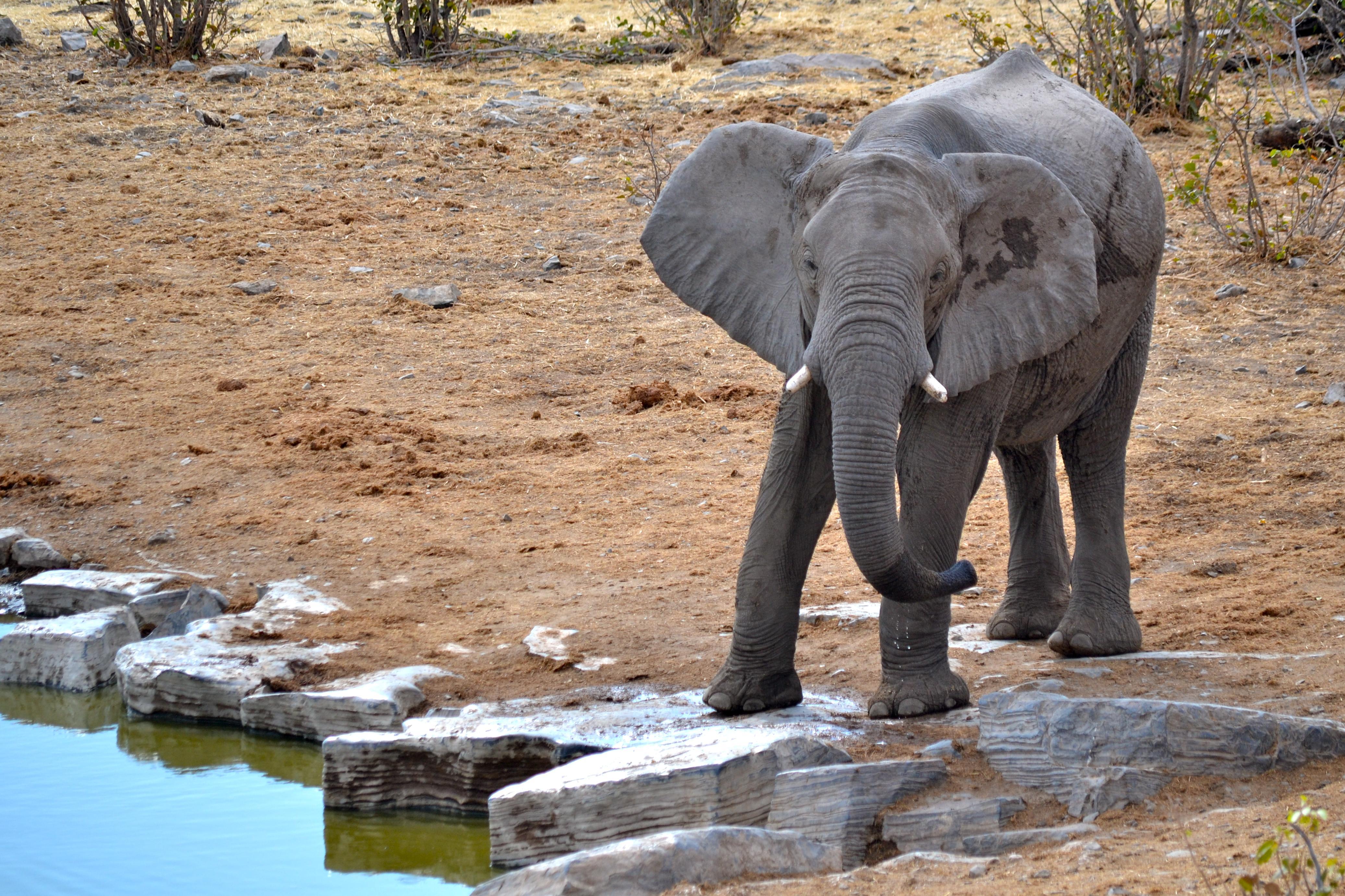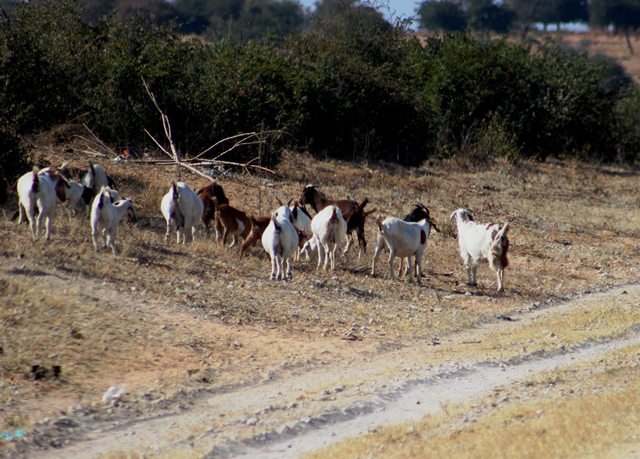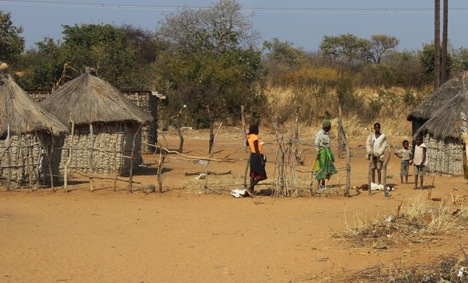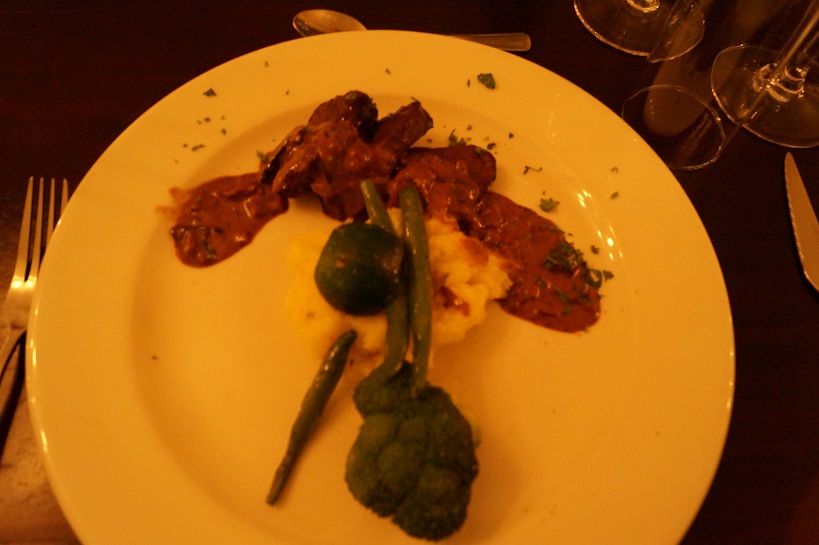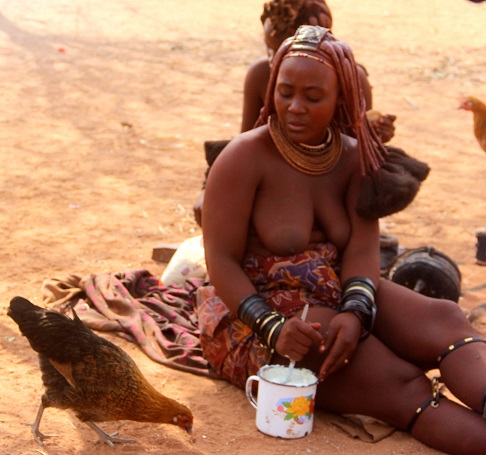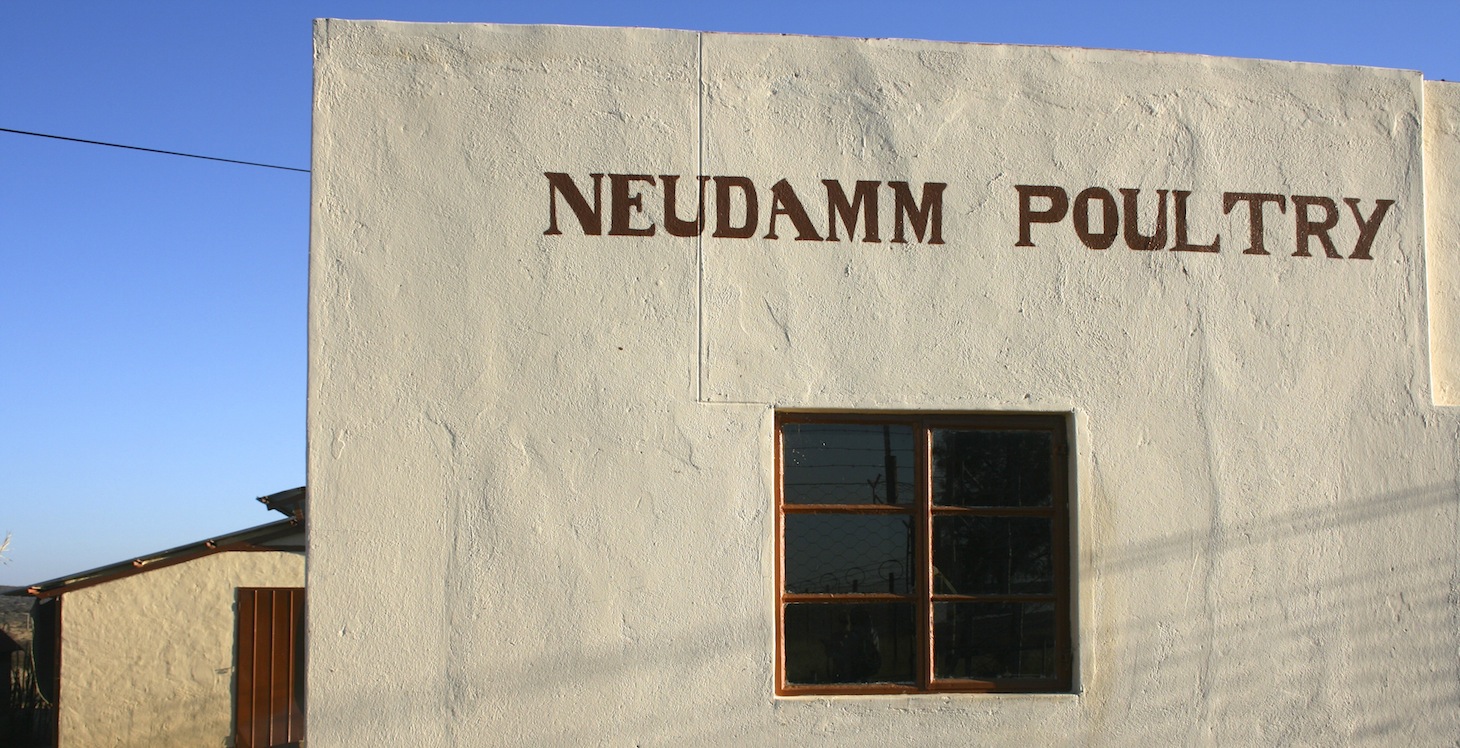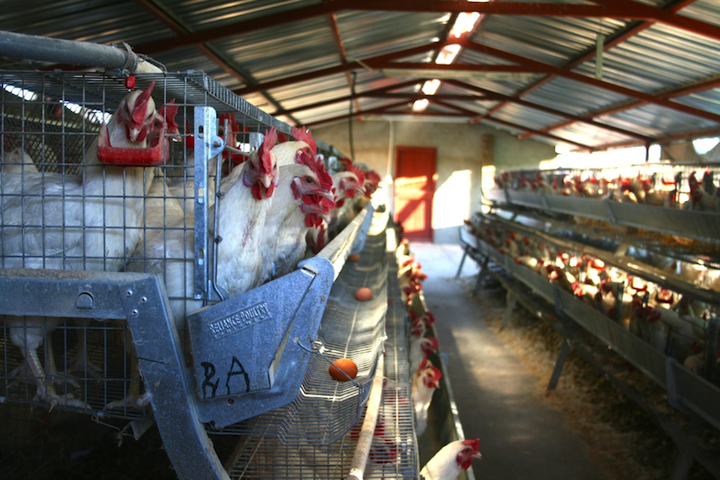Imagine that you wake up every morning wondering if you will get to eat that day. Imagine that your mother passes out food to your father and siblings, leaving none for herself because there just isn’t enough. Imagine that you get sick in the bush where you live with your tribe and cannot get to a clinic because it is over a day’s walk away. Imagine that this is how over half of your country lives on a consistent basis. These situations are a little difficult to imagine as an American citizen because a lot of these issues have already been dealt with in one way or another for the vast amount of the American population. For the Namibian people though, these are daily realities.

A Himba bushman totes home the head and entails of an orxy to feed him and his family. This is just one of the many examples of game meat consumed on a regular basis by indigenous Namibians.
The health care system in Namibia has the unique challenge of supporting a small population spread over a large area. There are about 2.3 million Namibian citizens living over an area just 1.18 times the size of Texas. The state-run clinics are free to the public but are mostly in populated areas such as towns and cities. Rural clinics and mobile clinics can be found but they are few and far between, with a varying quality of care. Private clinics exist either as expensive health care centers where the wealthy can get state-of-the-art care for a large fee or as charity clinics that cater to certain cultural groups such as the Bushmen. A huge portion of the population, however, is not able to access healthcare on a regular basis and thus many diseases such as tuberculosis and HIV spread continuously with little hope of decreasing prevalence or eradication in the near future.
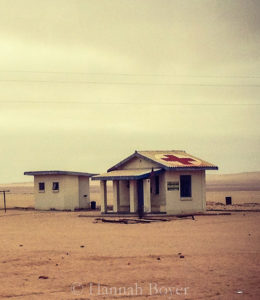
A rural clinic sits on the gravel plains of the Namib Desert within 10 kilometers of several Topnaar villages. The quality of care found in such clinics varies greatly from one to another.
Malnutrition is another huge health concern, especially in the indigenous tribal groups, because of their traditional diets and lack of food variety. The San bushmen females, for example, are very malnourished because of the traditional diet of maize-based foods and game meat and also because of the tradition of feeding the men of the family first, then the children, and then the mother if there is anything left. This cycle of malnutrition is passed on to the children as the mother’s bodies do not have the nutrition to give the babies sufficient prenatal nutrients for complete development. Also, after birth, infants are breastfed for one to two years with milk that is low in nutritional value, and then are weaned onto a maize and water diet for another year or two. There are very few sources of micronutrients in this diet that consists largely of starch and protein.
Food security and extreme poverty are the two largest contributors to all these issues, and are concerns Namibia is currently working to correct. The country is only 24 years into their independence though and has a lot of growing still to do. In light of all that we have learned on this study abroad trip, Namibia does have a bright future, especially in the areas of food security, health care, and nutrition.
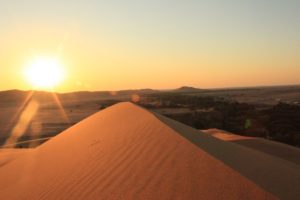
Just as the Namibian sun shines brightly nearly 350 days every year, the future of this young country looks bright and hopeful.

